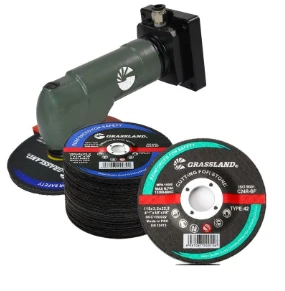

Specialized grinding techniques such as jig and gear grinding underline the adaptability of grinding technologies to meet specific industrial demands. Jig grinding, with its capability to provide extra-high precision even on complex geometries, is crucial in the manufacture of precision dies and molds. Gear grinding, meanwhile, is indispensable in automotive and aerospace industries, ensuring the flawless transmission of power with minimal noise and wear. Notably, the advancement of CNC grinding technologies has ushered in a new era of precision and efficiency. These computer-controlled machines allow for complex operations with minimal human intervention, enhancing productivity and ensuring a flawless finish. CNC grinding combines expertise in programming and mechanical knowledge, marking the future path of grinding techniques. Sustainability and material adaptability are emerging trends influencing grinding practices today. Manufacturers are increasingly seeking grinding methods that minimize environmental impact and adapt to new materials like composite plastics and advanced ceramics. These materials present unique challenges as they differ significantly from traditional metals, thus requiring innovation and expertise in grinding solutions. In conclusion, understanding the diverse forms of grinding enhances appreciation for the intricate blend of technology and skill that defines modern manufacturing. With each type providing distinct advantages and challenges, expertise in this domain is crucial for producing high-quality, reliable products. As industries evolve, so too will grinding techniques, necessitating continuous learning and adaptation to maintain competitiveness and excellence.
Post time:Jan - 13 - 2025

















